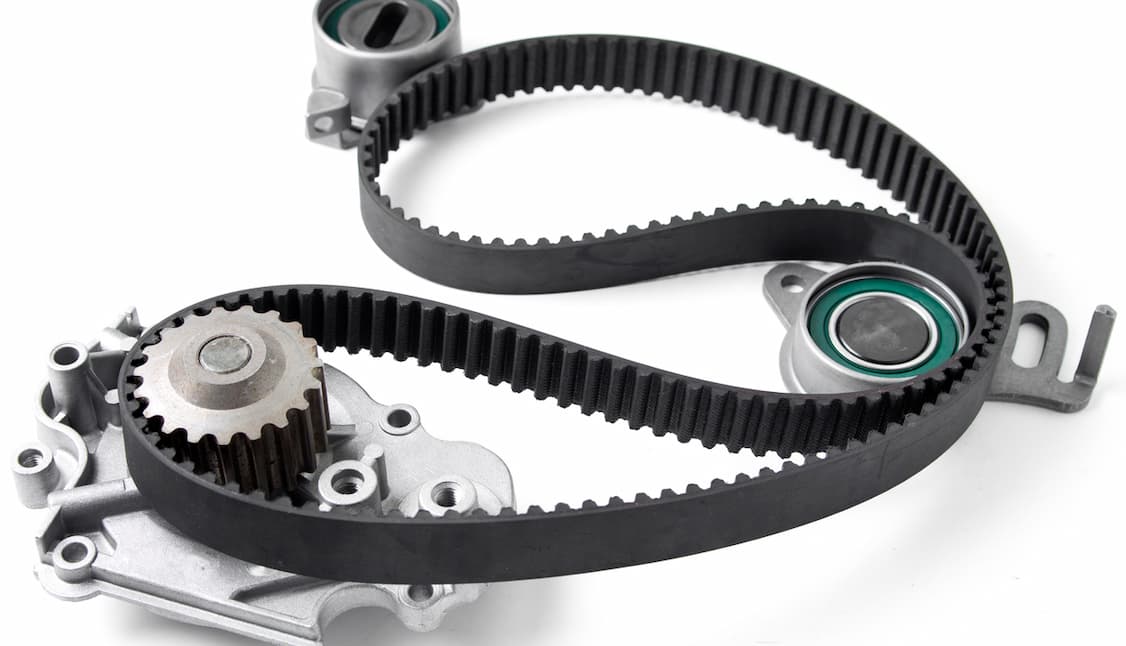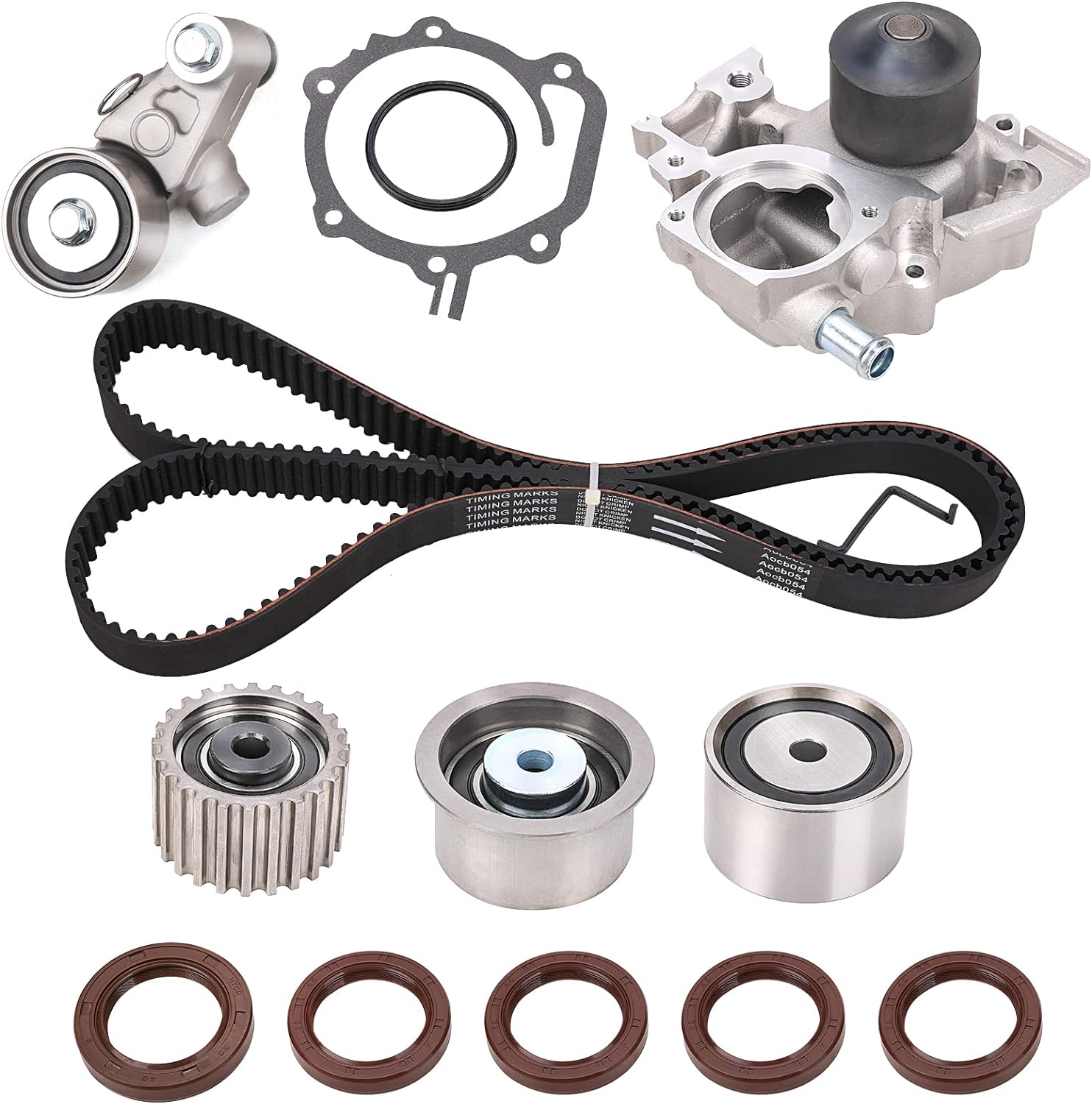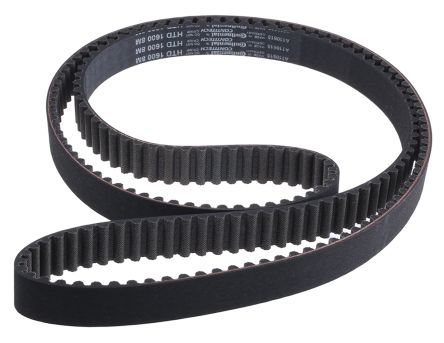Product Description
Rubber PVC Silicone PU Auto Motorcycle Transmission Parts Fan Conveyor Synchronous Tooth Drive Belt Timing V Belt
Technical Datas
| V Belts | ||||
| Sections | Wider(mm) | Width height(mm) | Angle(°) | |
| M | 10.0 | 5.5 | 40 | |
| A | 12.5 | 9.0 | 40 | |
| B | 16.5 | 11.0 | 40 | |
| C | 22.0 | 14.0 | 40 | |
| D | 31.5 | 19.0 | 40 | |
| E | 38.0 | 25.5 | 40 | |
| Narrow V belts | ||||
| Sections | Wider(mm) | Width height(mm) | Angle(°) | |
| 3V/3VX | 9.5 | 8.0 | 40 | |
| 5V/5VX | 16.0 | 13.5 | 40 | |
| 8V/8VX | 25.4 | 22.2 | 40 | |
| SPZ/XPZ | 9.7 | 8.0 | 40 | |
| SPA/XPA | 12.7 | 10.0 | 40 | |
| SPB/XPB | 16.3 | 13.0 | 40 | |
| SPC/XPC | 22.0 | 18.0 | 40 | |
| Multiple V belts | ||||
| Sections | TYPE | (mm) | ||
| V belts | A | 15 | ||
| B | 19 | |||
| C | 25 | |||
| D | 37 | |||
| High performance V belts | 3V/SPZ | 10.3 | ||
| 5V/SPB | 17.5 | |||
| 8V | 28.6 | |||
| Raw edge V belts | ||||
| Sections | Wider(mm) | Width height(mm) | Angle(°) | |
| 1 | 10.7 | 8.0 | 38 | |
| 6 | 13.0 | 9.0 | 38 | |
| 8 | 17.0 | 11.0 | 38 | |
| 9 | 22.2 | 13.0 | 38 | |
| Ribbed V belts | ||||
| Sections | J(PJ) | K(PK) | L(PL) | M(PM) |
| P(Pitch) | 2.34 | 3.56 | 4.70 | 9.40 |
| H(Height) | 3.70 | 4.80 | 7.00 | 13.0 |
Our Globle Partners
Test Reports & Certifications
Applications in Different Industries
*Key Products
Light-duty conveyor fabric belts, flat power transmission belts, PU & rubber timing belts, high temperature PTFE belts,PU round belts & V belts, profiles & cleats,machine tape,spindle tape,tangential drive belt,OE rotor spinning belt, twisting flat belt,folder-gluer belt,extruded round belt polycord, conveyor processing belt.
What’s Tiger Industrial Belt advantages?
Expert support of over 10 years belting experience.
QUALITY ASSURANCE
Guarantee that the commodity hereof complies in all respects with the quality and specification stipulated in the contract.
DELIVERY GUARANTEE
Ship the goods within the shipment time from the port of shipment to the destination in the contract.
FACTORY PRICE
Prices refer to the cost of raw materials directly from factory.
TEAM OF PROFESSIONALS
Offer experienced customer service and technical support including belts selection, calculation, application and after-sale service.
FABRICATION WORKSHOP
Provide belts cutting, jointing, as well as belt perforations, belt sealed, belt coated with rubber and sponge, belt guides,etc.
SERVICE NETWORK
Set up offices, branches in Italian, India, China (HangZhou,HangZhou, HangZhou, HangZhou, Hongkong, etc), service locations for processing industrial belts in China(HangZhou,HangZhou,Yongbo etc).
Our Production Process
Exhibitions Around The World
Trainings & Activties
Delivery & Payment
Do you have special requirements for your machinery & belts?
We offer belting solutions individually tailored to match your needs.
Call us or Email us now for the optimal belt design.
| Standard or Nonstandard: | Standard |
|---|---|
| Application: | Textile Machinery, Garment Machinery, Conveyer Equipment, Packaging Machinery, Food Machinery, Mining Equipment, Agricultural Machinery |
| Feature: | Flame-Retardant, Anti-Static, Oil-Resistant, Cold-Resistant, Corrosion-Resistant, Heat-Resistant, Alkali-Resistant, Skid-Resistance, Wear-Resistant, Acid-Resistant, High Temperature-Resistance |
| Samples: |
US$ 1/Piece
1 Piece(Min.Order) | Order Sample |
|---|
.shipping-cost-tm .tm-status-off{background: none;padding:0;color: #1470cc}
|
Shipping Cost:
Estimated freight per unit. |
about shipping cost and estimated delivery time. |
|---|
| Payment Method: |
|
|---|---|
|
Initial Payment Full Payment |
| Currency: | US$ |
|---|
| Return&refunds: | You can apply for a refund up to 30 days after receipt of the products. |
|---|

Are there specific considerations for choosing V-belt tensioners in applications with varying loads or environmental conditions?
When selecting V-belt tensioners for applications with varying loads or environmental conditions, several specific considerations come into play. The dynamic nature of load changes and the presence of challenging environmental factors can significantly impact the performance and reliability of the tensioners. Here’s a detailed explanation of the specific considerations for choosing V-belt tensioners in such applications:
- Load Variation:
- Adjustability: Look for tensioners that offer adjustability, such as those with slotted mounting holes or adjustable arms. This allows for easy tension adjustment to accommodate load variations and maintain the proper belt tension.
- Spring-Loaded Tensioners: Spring-loaded tensioners are particularly useful in applications with load fluctuations. The spring mechanism automatically adjusts the tension to compensate for belt elongation or changes in load, ensuring consistent tension and minimizing belt slippage.
- Multi-Tensioner Systems: In applications with significant load variations, employing multiple tensioners strategically positioned along the belt path can help distribute the tension more evenly. This ensures that each section of the belt receives the appropriate tension, reducing the risk of belt slippage and optimizing power transmission.
- Environmental Conditions:
- Corrosion Resistance: In corrosive environments, such as those with high humidity or exposure to chemicals, choose tensioners with corrosion-resistant materials or coatings. Stainless steel or materials with zinc or chrome plating provide effective protection against corrosion.
- Temperature Resistance: Extreme temperatures can affect the mechanical properties of tensioners. Ensure that the chosen tensioners can withstand the temperature range of the application without compromising their performance or structural integrity.
- Contaminant Resistance: Some applications may involve the presence of contaminants like dust, dirt, or debris. Tensioners with sealed bearings or protective covers can help prevent the ingress of contaminants, minimizing the risk of damage and ensuring smooth operation.
- Weatherproofing: In outdoor applications exposed to weather elements, consider tensioners with weatherproof features or additional protective measures to prevent water or moisture ingress and maintain reliable performance.
- System Monitoring and Maintenance:
- Periodic Inspection: Implement a regular inspection schedule to check the condition of the tensioners, belts, and pulleys. Look for signs of wear, misalignment, or damage, and address any issues promptly.
- Belt Tension Measurement: Utilize belt tension measurement tools to monitor and verify the tension levels. Adjust the tension as needed to accommodate load variations and maintain optimal belt performance.
- Lubrication: If the tensioners have moving parts or bearings, ensure proper lubrication as per the manufacturer’s recommendations. This helps to reduce friction, minimize wear, and extend the life of the tensioners.
- Record Keeping: Maintain records of maintenance activities, including tension adjustments, inspections, and replacements. This facilitates tracking the performance of the tensioners over time and aids in identifying any recurring issues.
In applications with varying loads, it’s essential to choose tensioners that can adapt to these changes and maintain optimal belt tension. Considerations include:
Environmental conditions can have a substantial impact on the performance and longevity of V-belt tensioners. Considerations include:
In applications with varying loads or challenging environmental conditions, proactive monitoring and regular maintenance are crucial to ensure optimal performance. Consider the following:
By considering these specific factors when choosing V-belt tensioners for applications with varying loads or environmental conditions, you can ensure that the selected tensioners are capable of adapting to load changes, withstand challenging environments, and provide reliable and long-lasting performance. Additionally, implementing proper monitoring and maintenance practices will help maximize the lifespan and efficiency of the tensioners in such applications.

How do V-belt tensioners contribute to reducing wear and increasing the efficiency of power transmission?
V-belt tensioners play a crucial role in reducing wear and increasing the efficiency of power transmission in V-belt systems. Their primary function is to maintain the proper tension in the V-belts, which has several benefits. Here’s a detailed explanation of how V-belt tensioners contribute to reducing wear and increasing power transmission efficiency:
- Preventing Slippage:
- Reducing Belt Wear:
- Minimizing Belt Stretching:
- Improving Belt Alignment:
- Optimizing Belt Engagement:
V-belt tensioners ensure that the V-belts maintain sufficient grip on the pulleys. Proper tensioning prevents slippage, especially under high loads or during sudden changes in speed or torque. Slippage not only reduces the efficiency of power transmission but also leads to accelerated wear of the belts and pulleys. By maintaining the correct tension, tensioners minimize slippage, ensuring efficient power transfer and reducing wear on the V-belts.
Optimal tensioning helps reduce wear on V-belts. When V-belts are under-tensioned, they can experience excessive bending and flexing, leading to increased wear. Over-tensioning, on the other hand, can put excessive stress on the belts, causing premature wear. V-belt tensioners ensure that the belts are properly tensioned, minimizing bending, flexing, and stress. This reduces wear on the belts, extends their lifespan, and improves overall system reliability.
Correct tensioning helps minimize stretching of V-belts. When V-belts are under-tensioned, they can elongate and lose their original shape. This stretching can lead to reduced contact area with the pulleys, resulting in decreased power transmission efficiency and increased wear. V-belt tensioners maintain the optimal tension level, minimizing stretching and ensuring that the belts remain in their designed shape. This promotes efficient power transmission and prolongs the lifespan of the V-belts.
V-belt tensioners contribute to proper belt alignment, which is crucial for efficient power transmission. When V-belts are under-tensioned or over-tensioned, they can become misaligned on the pulleys. Misalignment causes uneven belt wear, increased friction, and potential belt damage. Tensioners help maintain proper belt alignment by applying the correct tension force. This ensures that the belts remain aligned with the pulleys, reducing stress, minimizing wear, and improving power transmission efficiency.
Correct tensioning ensures optimal engagement of V-belts with the pulleys. When V-belts are properly tensioned, they maintain the desired depth of engagement in the pulley grooves. This maximizes the contact area between the belts and the pulleys, enhancing power transmission efficiency. Proper tensioning also helps prevent belt slip, which can occur when the belts are not properly engaged with the pulleys. By optimizing belt engagement, tensioners contribute to efficient power transmission and minimize wear on the V-belts.
In summary, V-belt tensioners are essential in reducing wear and increasing the efficiency of power transmission. They prevent slippage, reduce belt wear and stretching, improve belt alignment, and optimize belt engagement. By maintaining the correct tension in V-belt systems, tensioners minimize power losses, extend the lifespan of the belts, and enhance the overall efficiency and reliability of the power transmission system.

What is a V-belt tensioner, and how does it contribute to the performance of V-belt systems?
A V-belt tensioner is a mechanical device used to maintain the proper tension in V-belt systems and contribute to their overall performance. V-belts are commonly used in various applications, such as automotive engines, industrial machinery, and power transmission systems. Here’s a detailed explanation of what a V-belt tensioner is and how it enhances the performance of V-belt systems:
- Definition of a V-Belt Tensioner:
- Tension Control:
- Preventing Slippage:
- Load Distribution:
- Maintaining Belt Alignment:
A V-belt tensioner is a component designed to apply and maintain the correct tension in V-belts. It is typically a pulley or an assembly of pulleys mounted on an adjustable arm or spring-loaded mechanism. The tensioner is positioned in the belt path and exerts force on the belt to keep it properly tensioned. By controlling the tension, the V-belt tensioner ensures optimal power transmission, minimizes slippage, and promotes the longevity of the V-belt.
The primary function of a V-belt tensioner is to control the tension in the V-belt. It applies the appropriate force to maintain the desired tension, which is crucial for the efficient operation of the V-belt system. Proper tensioning prevents slippage between the belt and the pulleys, ensuring reliable power transmission and maximizing the performance of the system. The tensioner compensates for changes in belt length due to wear, thermal expansion, or other factors, allowing the V-belt to operate within its optimal tension range.
V-belt tensioners play a vital role in preventing slippage between the V-belt and the pulleys. Slippage can occur when the belt loses traction with the pulleys due to insufficient tension or excessive loads. The tensioner maintains the proper tension in the V-belt, keeping it tightly engaged with the pulleys. This prevents slippage, ensures efficient power transfer, and minimizes energy losses. By preventing slippage, the tensioner contributes to the overall performance and reliability of the V-belt system.
A V-belt tensioner helps distribute the load evenly across the V-belt and the pulleys. Even load distribution is essential to minimize localized stresses and prevent premature wear or failure of the belt. The tensioner applies tension across the entire width of the V-belt, promoting uniform contact with the pulleys and equal distribution of the load. This even load distribution enhances the lifespan of the V-belt, reduces the risk of belt damage, and ensures the reliable operation of the V-belt system.
Proper alignment of the V-belt with the pulleys is crucial for efficient power transmission and extended belt life. V-belt tensioners often incorporate features that help maintain belt alignment. These features can include guide rollers or pulley systems that guide the V-belt and prevent it from wandering or misaligning with the pulleys during operation. By ensuring correct belt alignment, the tensioner minimizes wear, reduces the risk of belt damage, and promotes the overall performance of the V-belt system.
In summary, a V-belt tensioner is a mechanical device that maintains proper tension in V-belt systems. It controls the tension in the V-belt, prevents slippage, promotes even load distribution, and helps maintain belt alignment. By performing these functions, the V-belt tensioner enhances the performance and reliability of V-belt systems in various applications. It ensures efficient power transmission, minimizes energy losses, and contributes to the longevity of the V-belt by preventing slippage, distributing the load evenly, and maintaining proper alignment.


editor by CX 2023-11-27